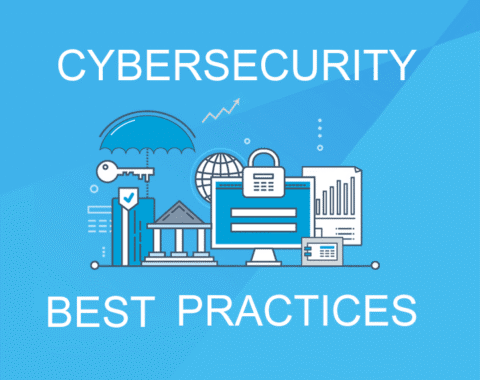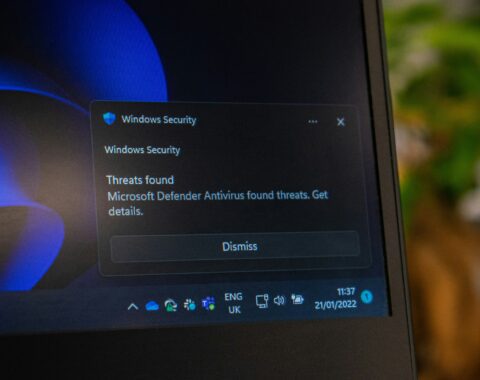By Kimberly Rux
In today’s digital age, children are growing up with unprecedented access to information and online platforms. While the internet opens up a world of opportunities for learning and communication, it also presents potential risks that parents need to be aware of. As a parent, it’s essential to take proactive steps to ensure your child’s online safety. Here are some crucial tips to guide you in this digital journey:
Open Communication: Maintaining an open and honest dialogue with your child about their online activities is vital. Encourage them to share their experiences, questions, and concerns with you. This helps build trust and allows you to offer guidance whenever needed.
Educate about Privacy: Teach your child about the importance of personal information protection. Make sure they understand the concept of private and sensitive information, such as full names, addresses, school details, and contact numbers. Instruct them never to share such information with strangers online.
Strong Passwords: Educate your child about the significance of strong, unique passwords for their online accounts. Encourage them to use a combination of letters, numbers, and symbols, and avoid using easily guessable information like birthdays or pet names.
Parental Controls: Utilize parental control software and settings on devices and apps to manage and restrict your child’s access to certain websites and content. These tools can help you create a safe online environment tailored to your child’s age and maturity level.
Social Media Awareness: Discuss the implications of sharing personal information and images on social media platforms. Help your child set privacy settings to limit who can see their posts and remind them that once something is online, it can be challenging to remove entirely.
Critical Thinking Skills: Teach your child to think critically about the content they encounter online. Encourage them to question the credibility of sources, especially when conducting research or reading news articles. Help them differentiate between facts and opinions.
Online Etiquette: Instill the importance of respectful and kind behavior in online interactions. Remind your child that their digital actions can have real-world consequences and that treating others with empathy and consideration is crucial.
Supervision and Time Management: Set guidelines for screen time and online activities. Supervise younger children while they’re online and gradually give older children more autonomy as they demonstrate responsible behavior. Encourage a healthy balance between online and offline activities.
Recognizing Cyberbullying: Discuss the concept of cyberbullying and ensure your child knows how to recognize and respond to it. Encourage them to come to you if they’re ever targeted or witness someone else being bullied online.
Model Healthy Online Behavior: Children learn by example, so make sure you demonstrate safe and respectful online behavior yourself. Show them how to navigate the internet responsibly and be a positive role model in your own online interactions.
The internet can be a wonderful tool for learning and connecting, but it’s crucial to be vigilant about your child’s online safety. By fostering open communication, educating your child about privacy and security, and instilling critical thinking skills, you’ll empower them to navigate the digital landscape confidently and responsibly. Remember that ongoing conversations and a supportive environment are key to keeping your child safe and secure online.





